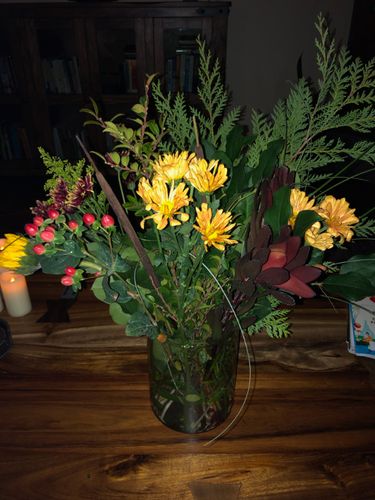Resilience. This is a weighty word. For those in the helping field and beyond, this has been one of many “buzzwords” circling our society. As we consider resilience as it relates to wellness and wellbeing, what exactly do we mean and how might we practice this in our daily lives?
For those who aren’t familiar with the term resilience, it is defined as the “adaptation in the face of adversity, trauma, tragedy, threats or stress: family/relationship problems, health problems or workplace/money issues.” Essentially, it is the ability to “bounce back” from difficult experiences. Personal resilience is a set of skills that can be learned and is a life-long process. A person must actively engage in the creation of their own skillset to bounce back from difficult circumstances. Resilience is vital in every aspect of life: physical, mental, spiritual, occupational, financial, and emotional.
Creating Resilience
The American Psychological Association identifies 11 ways to build resilience that include personal self-care and psychological growth, as well as a community-based support:
- Make connections.
Application: During your day make sure you have some in-person human contact with a family member, friend, or community member. If that isn’t a viable option that day, a phone call, text, or email will suffice.
- Growth mindset.
Application: If you experience a difficult life circumstance that would typically experience a level of annoyance or frustration, try changing your perspective. Look at the person or experience and think,” this is really difficult and I am learning something important (e.g. patience and compassion).”
- Accept change as a part of living.
Application: When things don’t go as planned, take a deep breath and practice “letting go”.
- Taking steps to accomplish your goals.
Application: If paying off your loans is a long-term goal, consider what short-term goals you may need to accomplish to meet the long-term goal? Instead of buying a latte every day, try making coffee from home. Small purchases add up.
- Be decisive and act.
Application: As you go from meeting to meeting, make sure you’re building in time throughout your day to reflect on what went well and how you responded to certain situations. This will give you capacity to make healthy decisions.
- Self-discovery.
Application: Spend time each day practicing awareness. Experiment on yourself. Try responding to situations differently and see how you feel.
- Positive view of self.
Application: When you encounter a difficult life experience and are unsure whether you made the “right” decision, practice patience and compassion. You did your best with the information, the time, and the resources you had.
- Keep things in perspective.
Application: When a person in your office hasn’t completed their part of a joint project try re-framing the thought. Instead of being angry and distancing yourself from them, maybe you could check in with them to see what's going on. Maybe they did the best they could and you might think,” They’re doing their best”. Maybe their best looks different than your best; that’s ok.
- Maintain hope.
Application: You're scheduled back to back with appointments and you didn't have time for lunch. It’s easy to lose sight of the bigger picture, to question your current job, and lose hope. Take time away from work, or ask for help, or do something new to re-build your sense of hope again. Ask for feedback from people who love you.
- Self-care.
Application: The typical person in western society can get lost in the minutia of things and feelings of chaos and distress are commonplace. Make sure you are navigating your immediate world with mindfulness and intention. Set boundaries if necessary, take breaks, and do something you enjoy. Laugh!
- Mindfulness.
Application: During your day, take 30-60 seconds to notice the sensation of your feet on the floor or the breath in your belly. The more grounded you are in your body, the more able you are to handle stressors.
As you consider the above, please take a moment to incorporate 1-2 this week. Give it a try. See if you can take a few moments to breathe with intention, call a friend, or give yourself some positivity. Remember: practice self-compassion as you try to incorporate healthier lifestyle choices, it takes time to build resilience.













